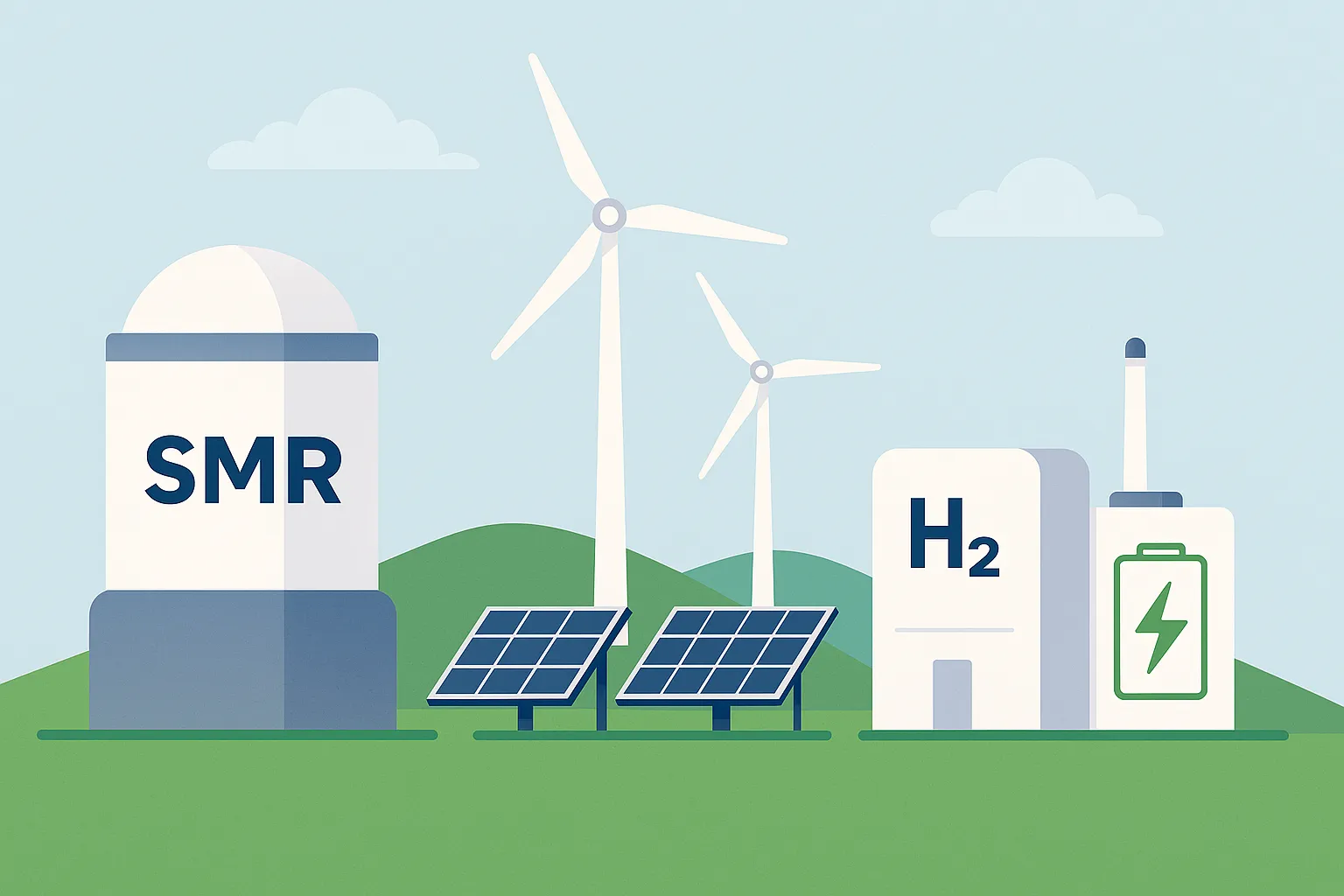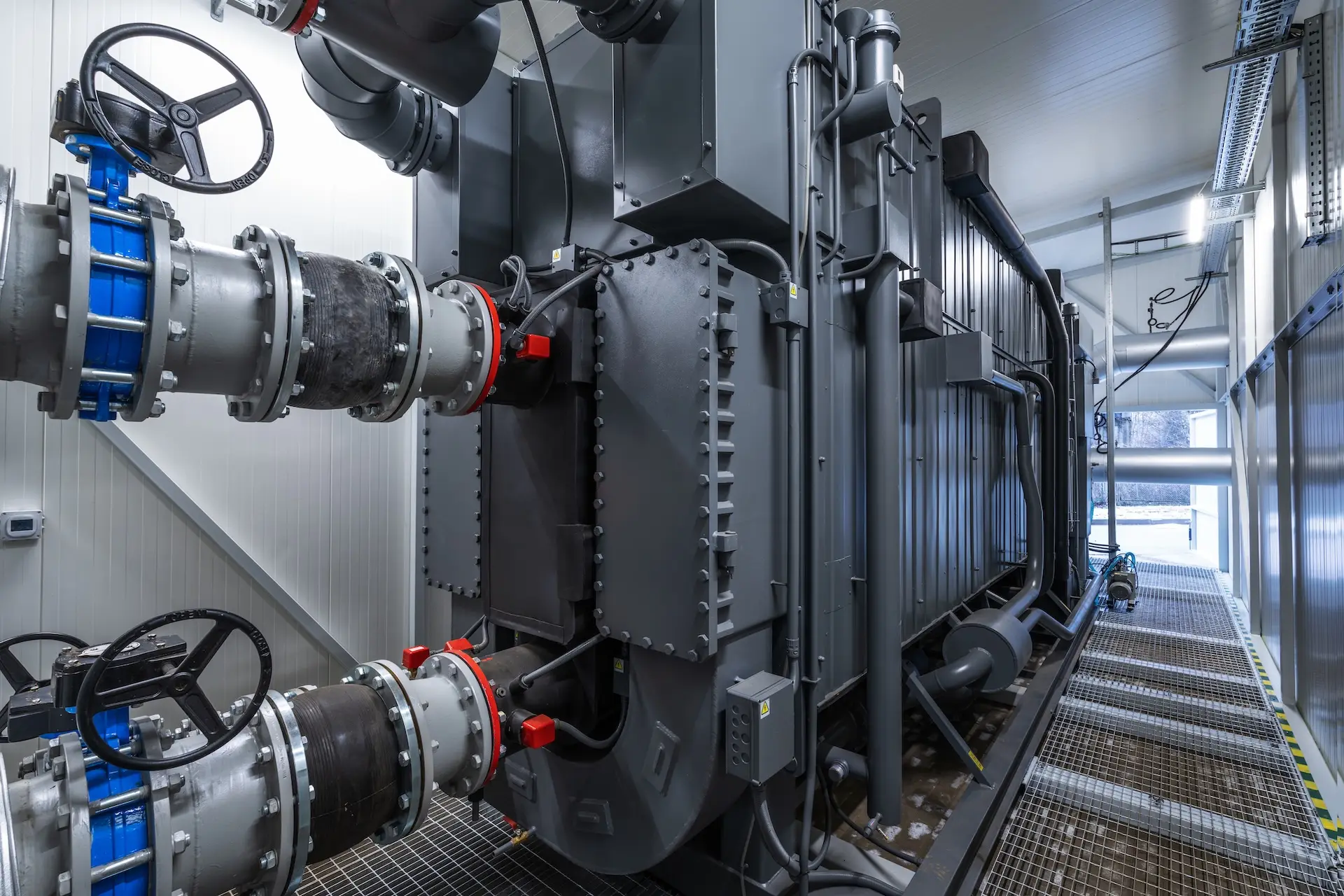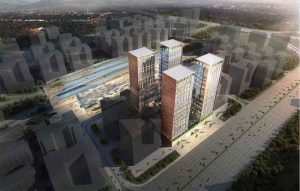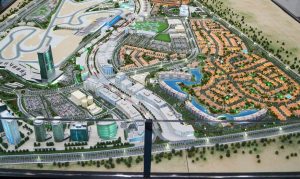Abstract: This case study explores the implementation of a tri-generation power plant for Al Bustan Village, located in Saudi Arabia. It delves into the rationale behind choosing tri-generation technology, the technical specifications of the plant, the economic and environmental benefits, as well as the challenges encountered during the implementation process.
Introduction
Rationale for Choosing Tri-generation
a. Energy Efficiency: Tri-generation offers higher energy efficiency compared to conventional power generation methods by utilizing waste heat for heating and cooling purposes.
b. Cost Savings: The integrated nature of tri-generation reduces overall energy costs by maximizing the utilization of fuel resources.
c. Environmental Sustainability: Tri-generation reduces greenhouse gas emissions and contributes to environmental sustainability by utilizing waste heat and optimizing energy usage.
d. Reliability: Tri-generation systems provide a reliable source of power, heating, and cooling, crucial for a residential community like Al Bustan Village.
Economic and Environmental Benefits
a. Cost Savings: By generating electricity, heating, and cooling from a single fuel source, Al Bustan Village can achieve significant cost savings on energy bills.
b. Reduced Emissions: Tri-generation technology reduces greenhouse gas emissions compared to conventional power plants, contributing to environmental sustainability.
c. Improved Energy Security: The decentralized nature of tri-generation enhances energy security by reducing dependence on the grid and mitigating risks associated with power outages.
d. Increased Resilience: The tri-generation plant improves the resilience of Al Bustan Village by providing a reliable source of power and thermal energy during emergencies or disruptions.
Challenges and Solutions
a. Regulatory Approval: Obtaining regulatory approvals and permits for the construction and operation of the tri-generation plant required extensive coordination with local authorities. Close collaboration and adherence to regulatory requirements were essential to overcome this challenge.
b. Technological Integration: Integrating the power generation, heating, and cooling systems into a seamless tri-generation plant required careful planning and engineering expertise. Robust design and engineering solutions were implemented to ensure the efficient operation of the plant.
c. Selecting the key process equipment that meets the technical performance , technical limits and reliability of the design.
d. Community Engagement: Engaging with residents and stakeholders to garner support for the tri-generation project and address any concerns regarding noise, emissions, or visual impact was crucial. Open communication channels and transparency helped build trust and cooperation within the community.

























